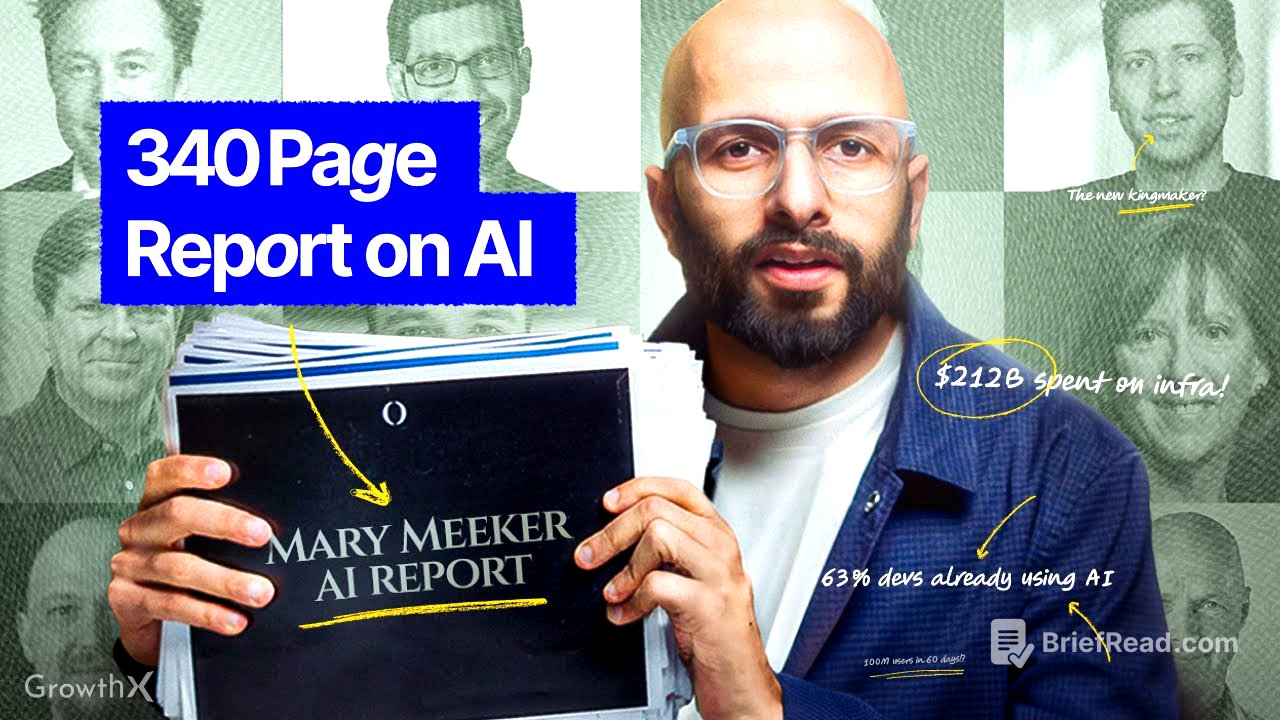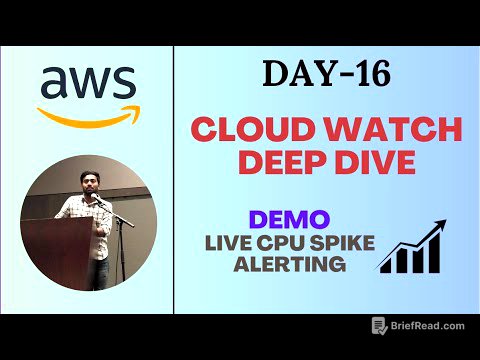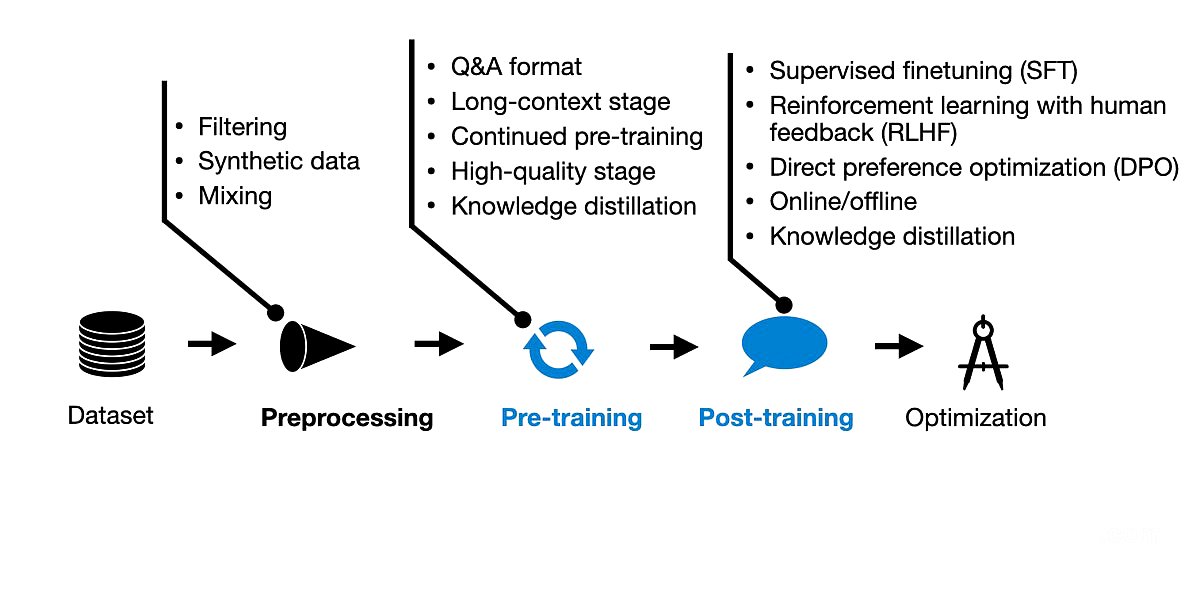TLDR;
This video discusses how AI is rapidly transforming the world, unlike previous tech trends like VR or crypto. It highlights the unprecedented speed of AI adoption, the massive infrastructure being built to support it, the geopolitical competition surrounding AI leadership, and its integration into both the digital and physical realms. The key takeaways are:
- AI adoption is happening at an exponential rate, far surpassing previous technologies.
- Massive investments are being made in AI infrastructure, signaling its importance.
- AI leadership is becoming a crucial factor in geopolitical power.
- AI is rapidly integrating into various industries and physical applications.
- The window to adapt to AI is shrinking, making it imperative to understand and prepare for its impact.
AI AI AI [0:00]
The video begins by addressing the feeling of déjà vu with new tech trends, like VR and crypto, which were hyped but didn't deliver as promised. However, the presenter shares that after reading Mary Meeker's report, he realised that AI is different. It's not just another hype cycle; it's a rapid and widespread transformation of the world. The presenter emphasizes the scale at which AI is growing and aims to break down the key findings of the report to show the audience the magnitude of this transformation.
Adoption [1:33]
The video highlights the rapid adoption rate of AI compared to previous technologies. It took the telephone 50 years to reach 50% of American households, while Netflix took 10 years to reach 100 million users, and Facebook took just 4 years. In contrast, ChatGPT reached 100 million users in just 60 days. This unprecedented growth is attributed to the perfect timing of AI, which benefits from readily available data, powerful computing resources, and easy access for users through smartphones and internet connectivity. The video also notes that 63% of developers are building with AI, indicating a massive wave of AI-first products that will disrupt every industry.
Infrastructure [3:45]
The video transitions to discussing the massive infrastructure being built to support AI. The presenter highlights that the biggest tech companies spent $212 billion last year on infrastructure like servers, data centers, and chips. This is more than the GDP of many countries. Examples like XAI's colossal facility in Memphis, Tennessee, and Donald Trump's $500 billion AI infrastructure project are mentioned. The video also touches upon the enormous electricity consumption of data centers, which already account for 1.5% of global electricity usage, and suggests that nuclear power may become the norm to meet the growing demand. The importance of infrastructure in winning the "AI war" is emphasized, with a comparison between open and closed AI systems. The rise of open-source AI models like Deepseek, which is cheaper and nearly as powerful as OpenAI's models, is also discussed, along with Meta's investment in AI infrastructure and talent.
Reality [8:58]
The video addresses the question of why AI doesn't feel as pervasive as it should, despite its transformative potential. It reveals that major companies are quietly integrating AI into their operations. Bank of America's AI assistant, Erica, has handled 2 billion customer interactions, and JP Morgan has over 200 AI use cases in production. The video emphasizes that AI is transitioning from experimental to becoming the norm. It also highlights the integration of AI into the physical world, with the FDA approving numerous AI-enabled medical devices and the rise of autonomous vehicles like Whimo and Tesla's full self-driving. The use of AI in defense systems, agriculture, and robotics is also mentioned, with China's dominance in industrial robots being highlighted. The video concludes by reiterating that AI is a replacement for existing systems, not just an addition, and that the window to adapt to this change is rapidly closing.









